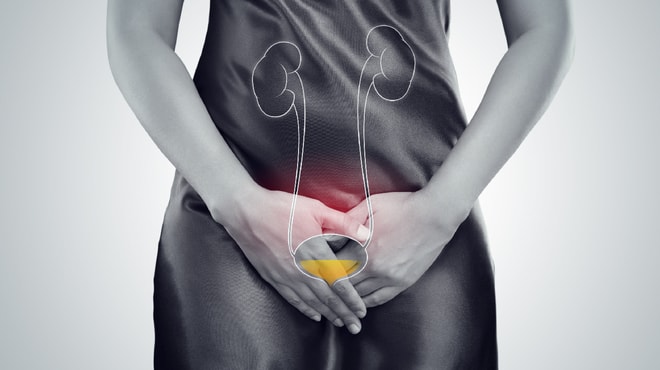This stage of bladder cancer invades the muscle layer of the bladder wall (both T2a and T2b). Transurethral resection (TURBT) is the first treatment for these cancers. However, it helps determine the grade and stage of the cancer rather than to trying to cure it.
When the cancer invades the muscle, radical cystectomy or removal of the bladder is the standard treatment. Lymph nodes near the bladder are subject to surgical removal. If cancer has only spread to one part on the bladder, there is a partial cystectomy. However, this is possible in only a small number of patients.

Most times, doctors advise chemotherapy for bladder cancer prior to surgery because it has proved to improve survival rates as compared to patient who have a surgery alone. When chemo is administered first, surgery is delayed.
If there are no traces of cancer cells in nearby lymph nodes, radiation follows surgery. Another option is chemotherapy in such cases, but only if it was not given before surgery.
Some patients may be able to sustain a second and more extensive transurethral resection (TURBT). After this, radiation is combined with chemotherapy. While this allows for the conservation of the bladder, it is not clear if the outcomes are as good as they are after cystectomy. Not all doctors agree with this approach for the same reason. Regular and careful follow-up exams are essential to this treatment procedure. Some experts recommend another cystoscopy and biopsy during the chemotherapy and radiation treatment. If cancer is still remains in the biopsy sample, there needs to be a cystectomy.
Some patients may not be healthy enough for surgery because of other medical concerns. TURBT, radiation, chemotherapy, or some combination of these may be options in such cases.



